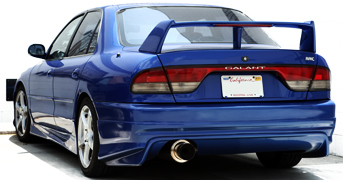If you're asking if you'll experience more vibration, especially at idle with Urethane bushings, the answer is yes. If you're asking if the vibration is so bad that it outweighs the advantage of never having to replace an engine mount again, the answer is no. I've had solid urethane bushings for several years on all four corners of my motor and the vibration is minimal and certainly something you get used to.
 Log in
Log in Register
Register



 Reply With Quote
Reply With Quote







Bookmarks